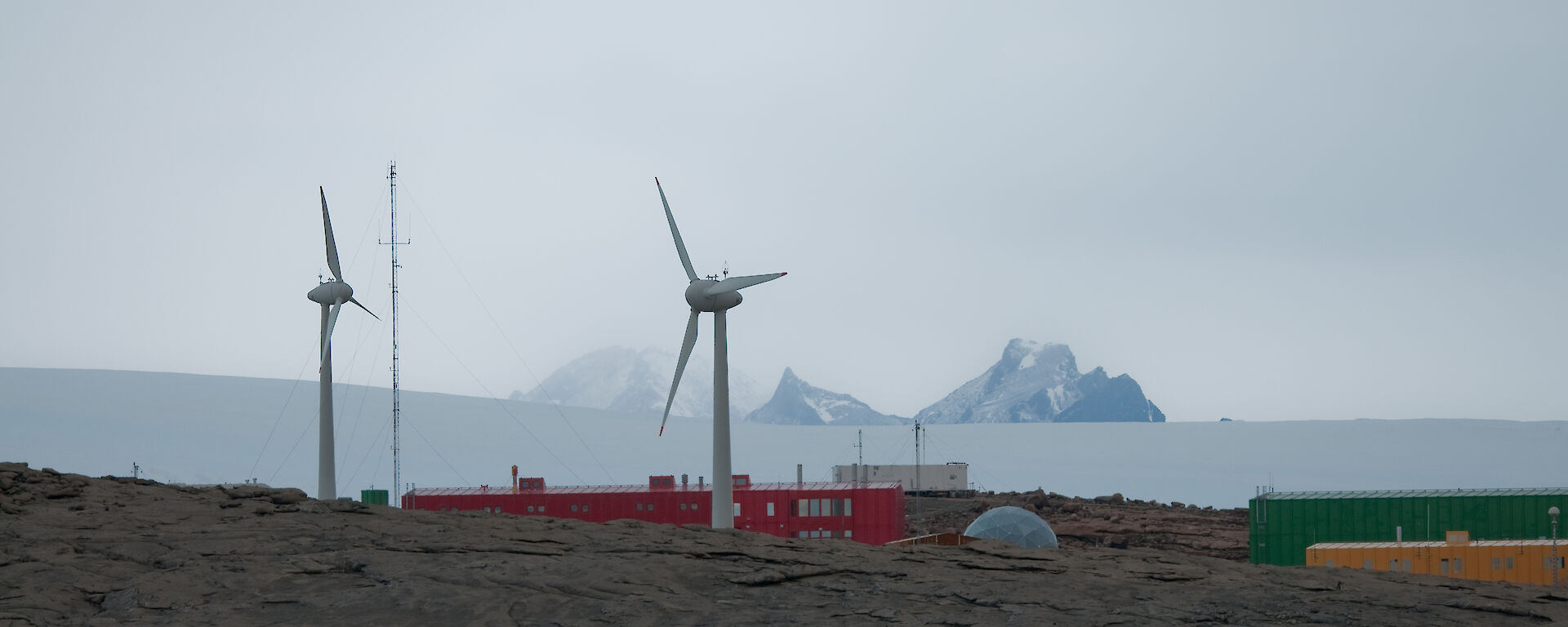The temperature over the globe plays a key role in driving our large-scale wind patterns. The temperature gradient between the warm equator and the cold pole combine with the earth’s rotation to give us wind patterns like the ‘roaring forties’ and the ‘furious fifties’.
Away from the surface in the winter polar stratosphere, the cold polar air drives the ‘polar vortex’. This spins air around the planet above Antarctica.
We have learned that the motion of the air comes about from global temperature patterns. But there are some striking exceptions to this rule, and they occur in our amazing polar atmosphere.
Slowing down large-scale wind patterns also affects the distribution of temperature. But what can slow down air motions in remote parts of our atmosphere away from the earth’s surface? Crossing the wild ocean to reach Antarctica provides us with a clue. The waves that throw us about are moving energy and momentum around the ocean surface. Atmospheric waves do the same thing.
A common form of atmospheric wave is created when air moves up or down, and is then pushed back to its starting level by gravity. These waves are known as gravity waves. They are generated when air flows over mountains, when fronts shake weather systems and when thunderstorms form. The waves are typically born near the surface, but they can travel to the upper reaches of our atmosphere. They take some of the energy and momentum from near the ground, and deposit it into air flows. This process slows the air flows down.
The most startling effect of atmospheric waves is to make the summer polar mesosphere the coldest part of our planet. The summer polar mesosphere is about 87 km above the earth’s surface. The impact of these temperatures can be seen in ice clouds called Noctilucent clouds, and in radar echoes called Polar Mesosphere Summer Echoes (PMSE). And all because of the interactions between winds, waves and temperatures.


